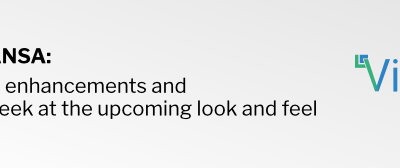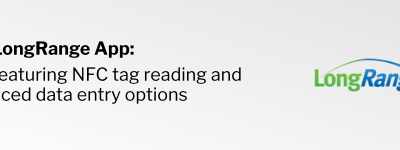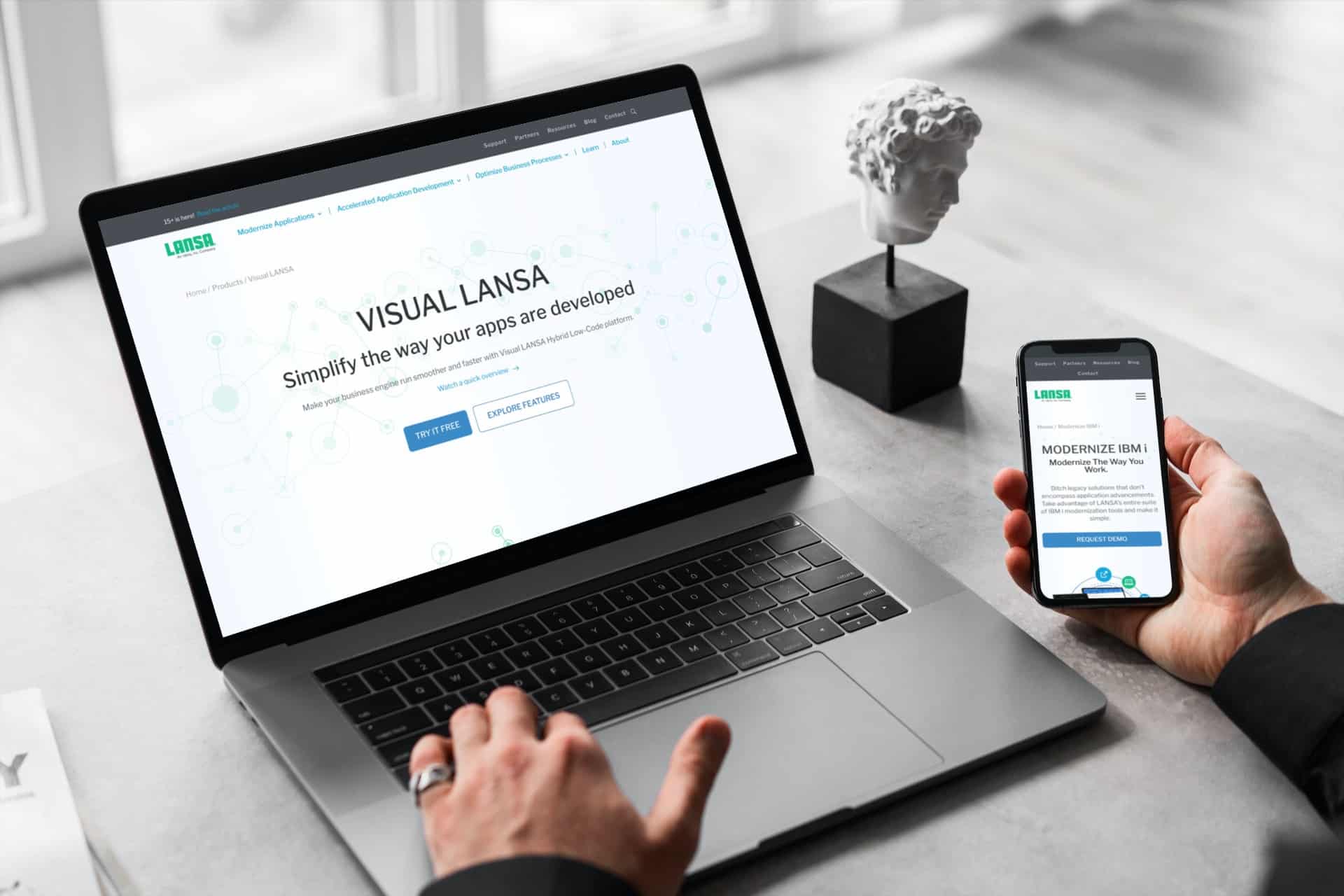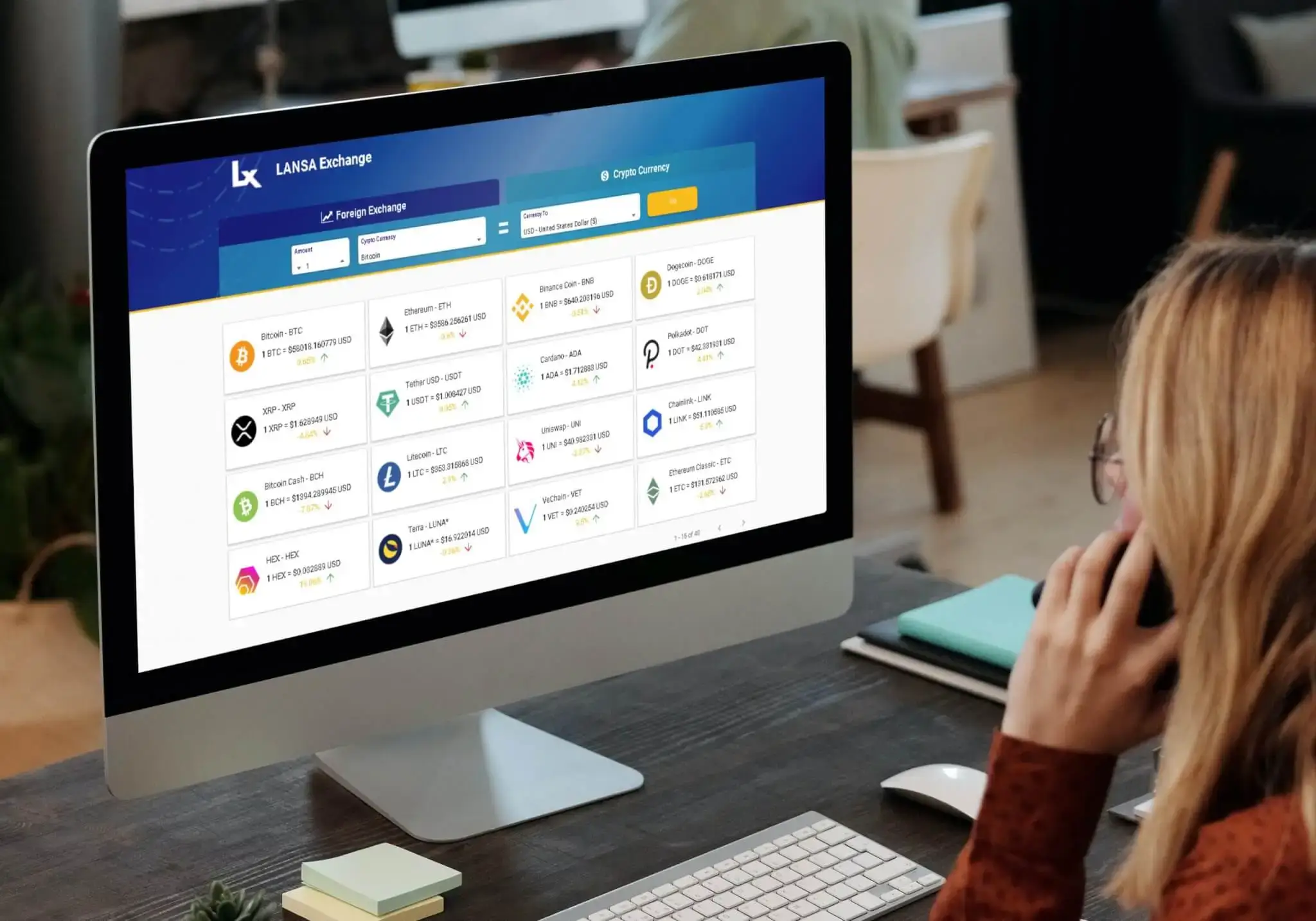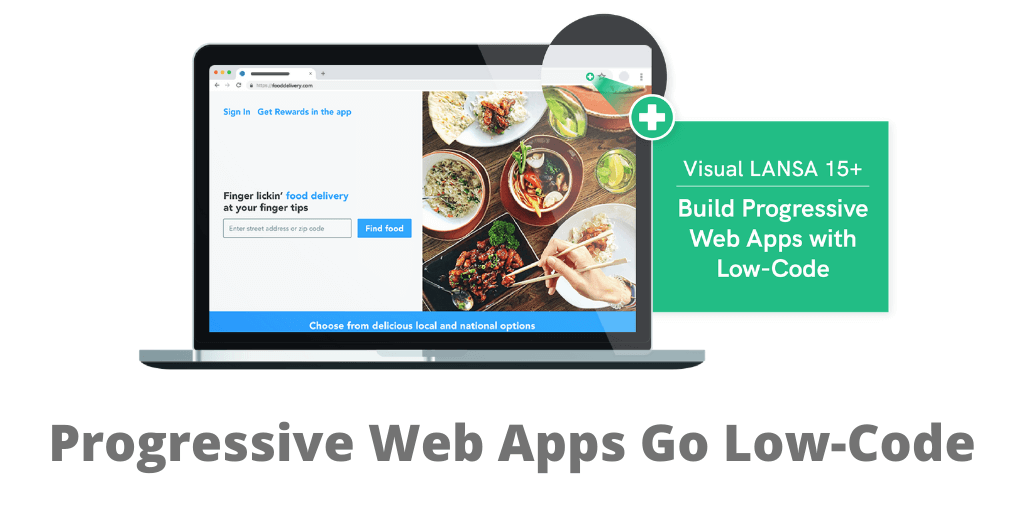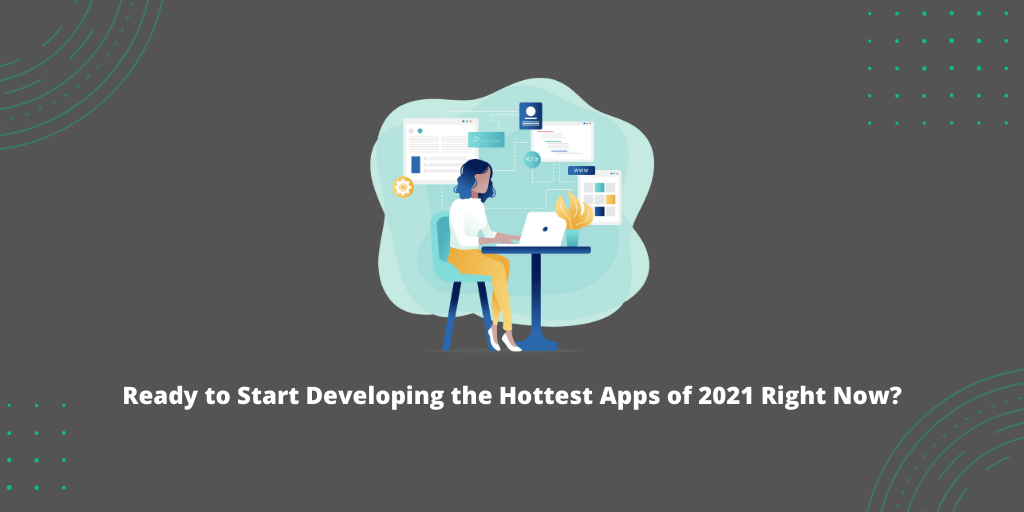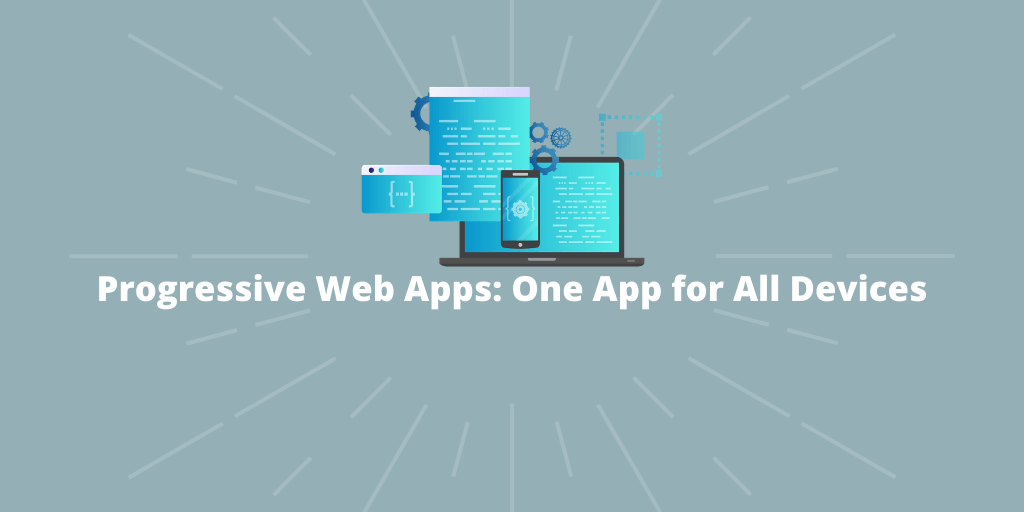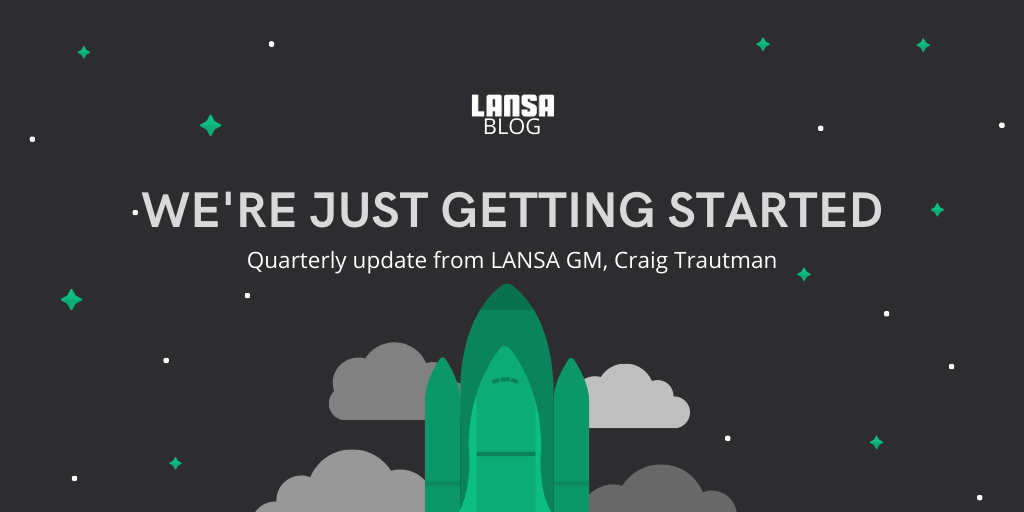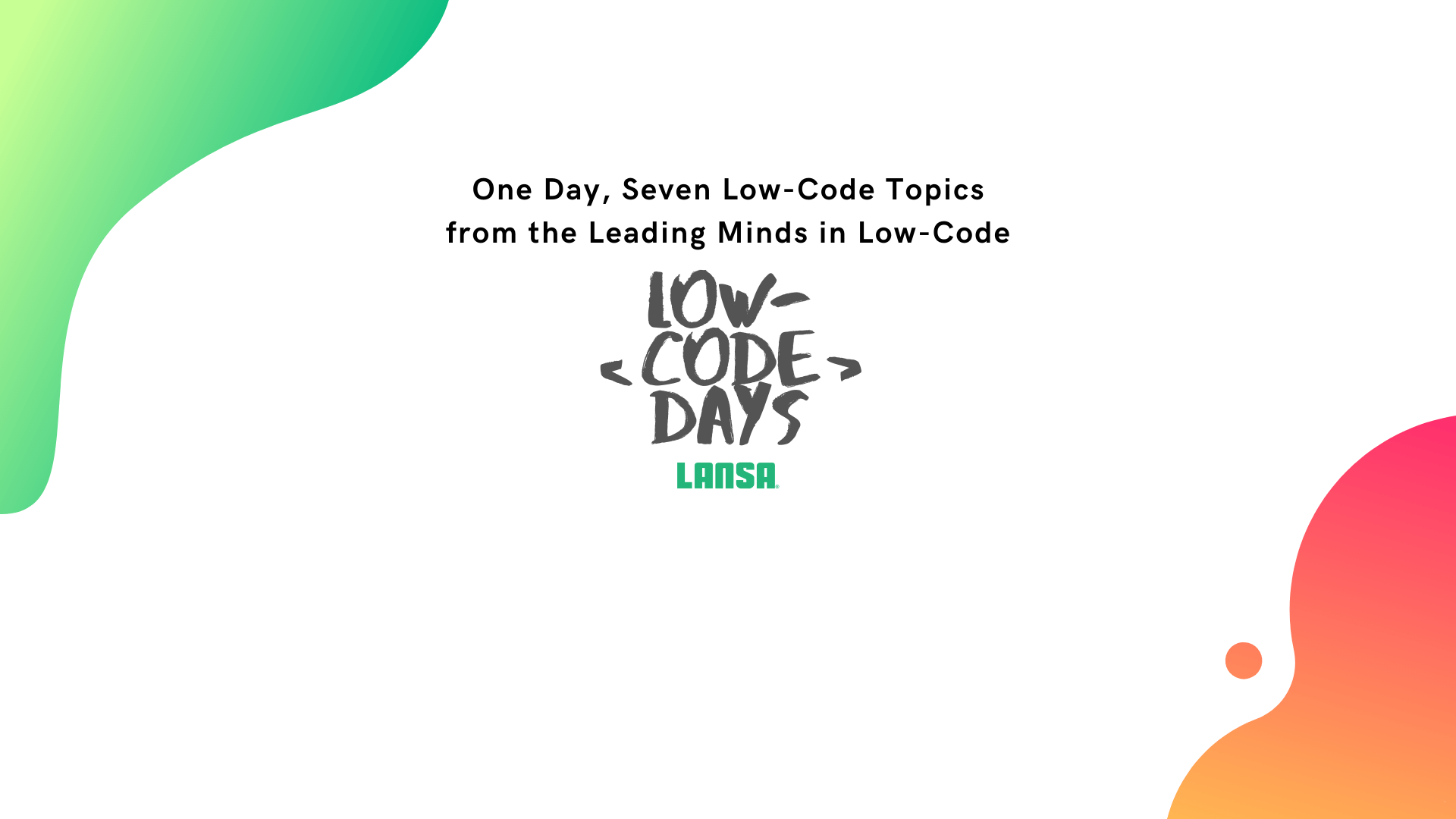If you’re like me, you’re happy to put 2020 in your rearview mirror. Nevertheless, 2020 didn’t slow the LANSA team as we pushed the envelope in several new exciting directions. I’ll save that for a little later.
In retrospect, those of us who are entrenched in the low-code market have seen a lot play out and evolve over the last 12 months. Entering into 2020, low code was still regarded as a relatively new market, and there was still uncertainty regarding the true definition of low code—at least I was questioning it. It seems there was a race to satisfy the citizen developer so that applications could be completely built within the confines of a low-code platform IDE. Many platforms set priorities to enable end users to build applications that their teams could use within their own work environments. Low-code and no-code lines quickly blurred.
While we watched solution providers around us work to optimize complete drag-and-drop development solutions, LANSA remained focused on optimizing a developer-centric solution, making the application development experience more streamlined and efficient for developers. Call me old school, but I still believe that developers will always require the power of coding while leveraging the advantages of low code whenever possible. Enterprises and SMBs will continue to ask for complex applications to run critical parts of their businesses, and developers will continue to be required to build those. To do this effectively, they will leverage low-code capability but will also need full power and flexibility of coding. Low code, while we will continue to strive to make it better, is not good enough. LANSA continues to aim at making both more effective and more powerful for the developer.
This brings me back to the point in my opening paragraph. LANSA has deliberately taken a hybrid approach to low code, recognizing the value of providing a robust, single-language coding solution within the same IDE as the low-code tools. I’m excited to announce that we’ve taken a giant step forward by implementing Progressive Web Applications (PWAs) (link) inside Visual LANSA with the release of V15+. This release catapults LANSA into a leadership position with best-in-class, integrated low-code PWAs that are created entirely within Visual LANSA. Starting with V15+, any web applications created in Visual LANSA are automatically assigned the necessary components for PWAs.
With the advent of our new website, the introduction of V15+, and a host of new planned releases, 2021 is going to be a good year and one I’m very much looking forward to. Goodbye, 2020!






